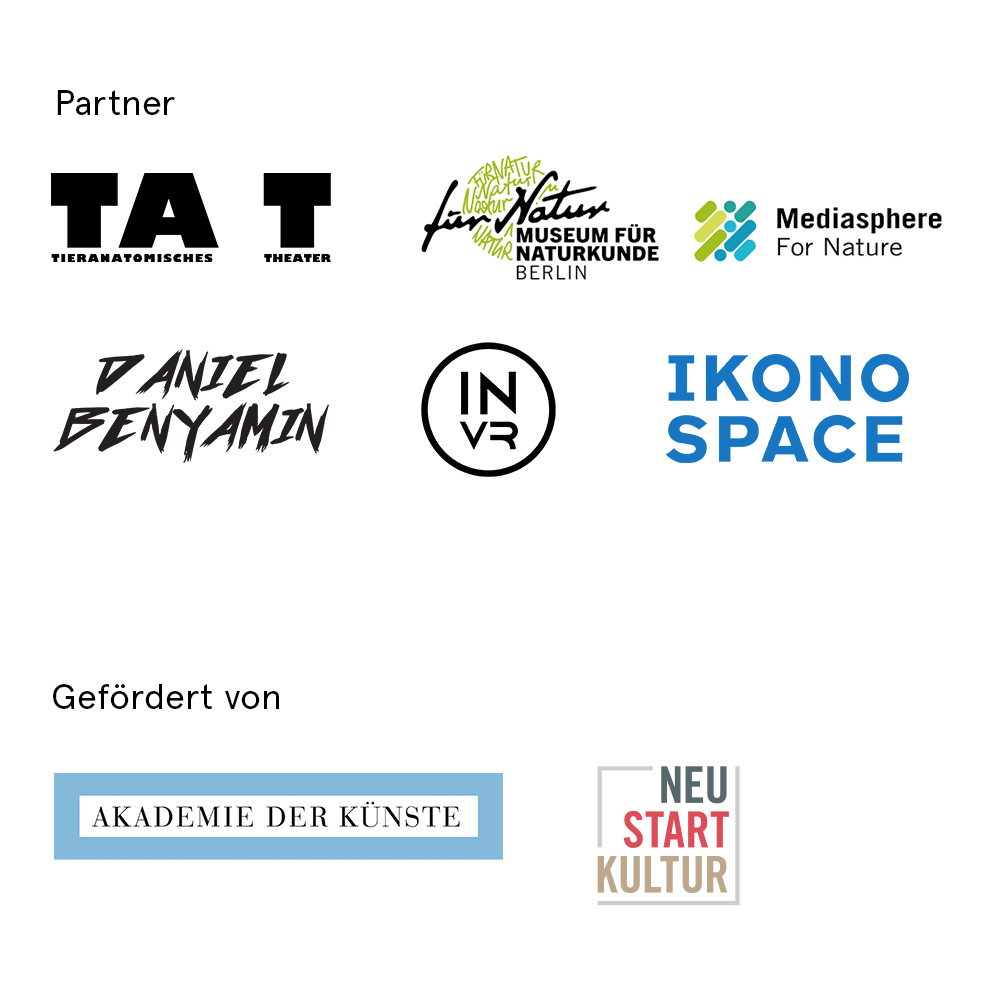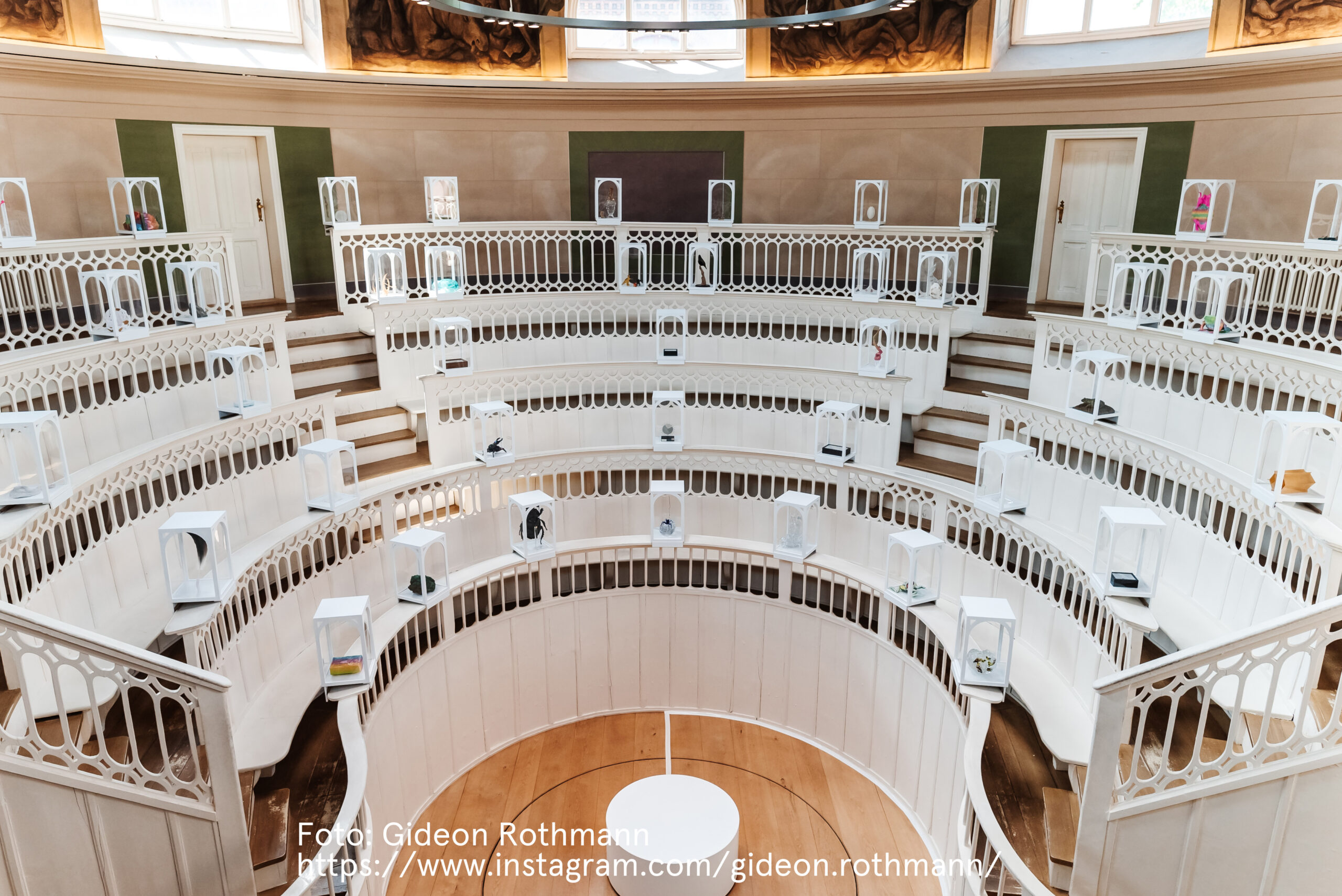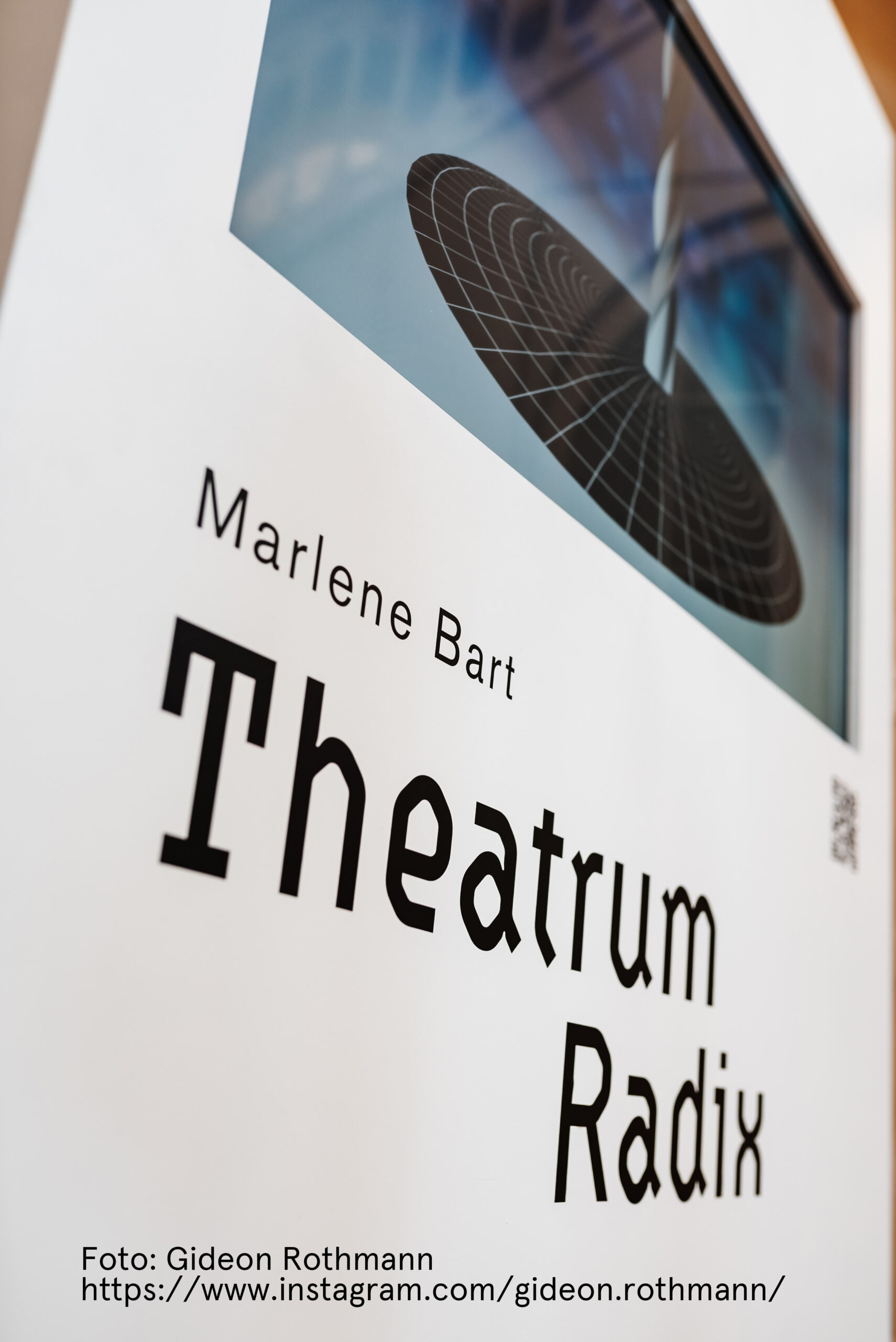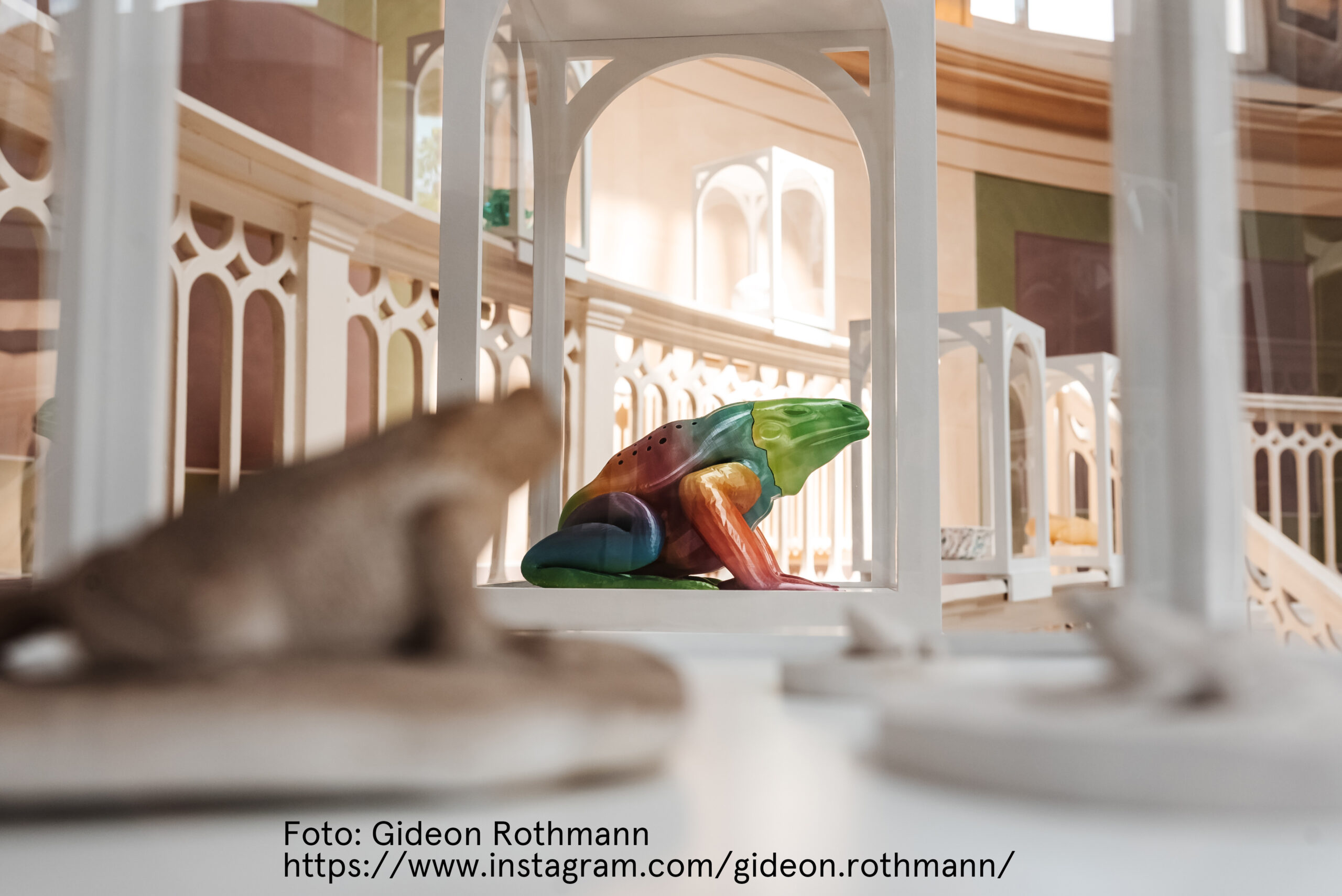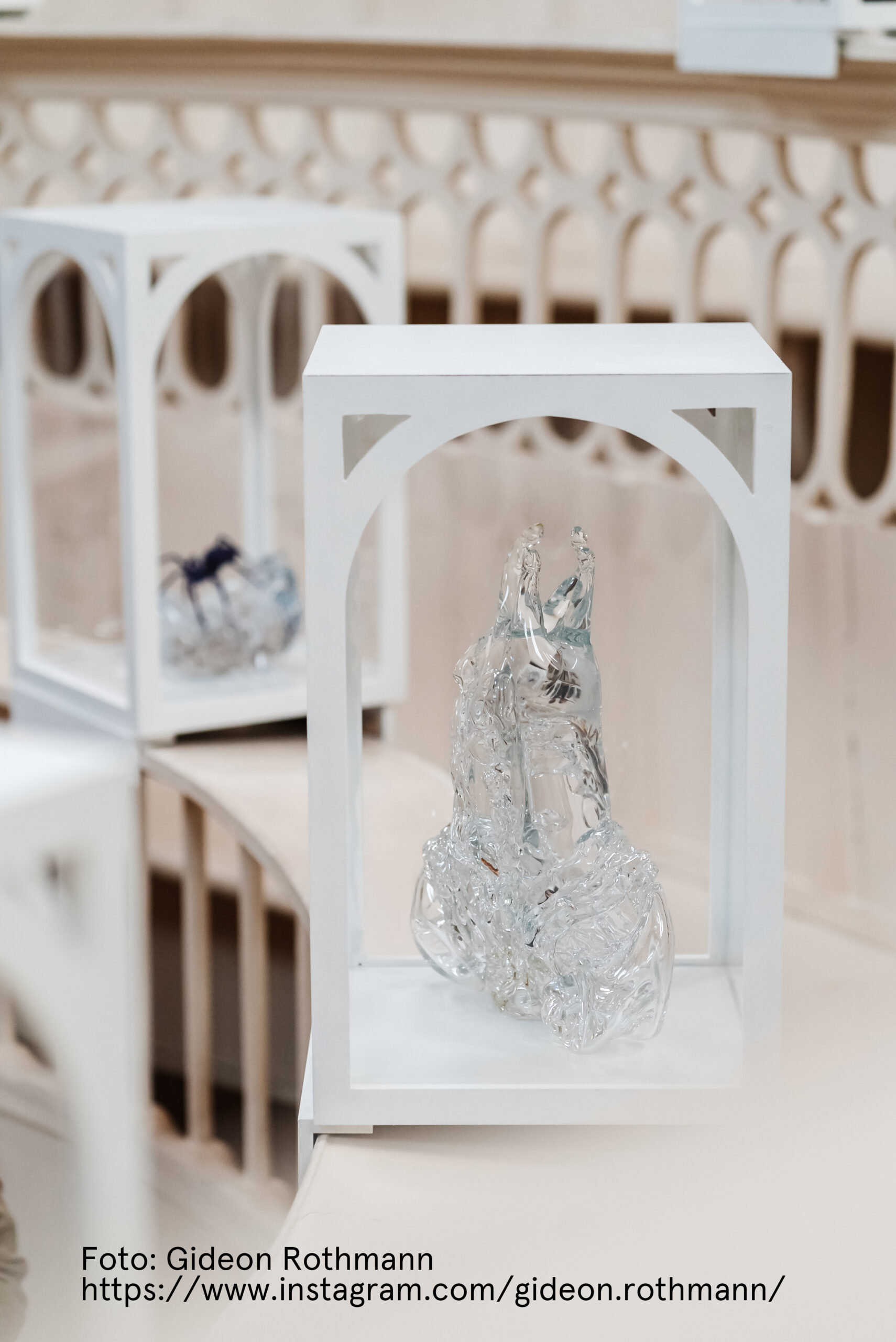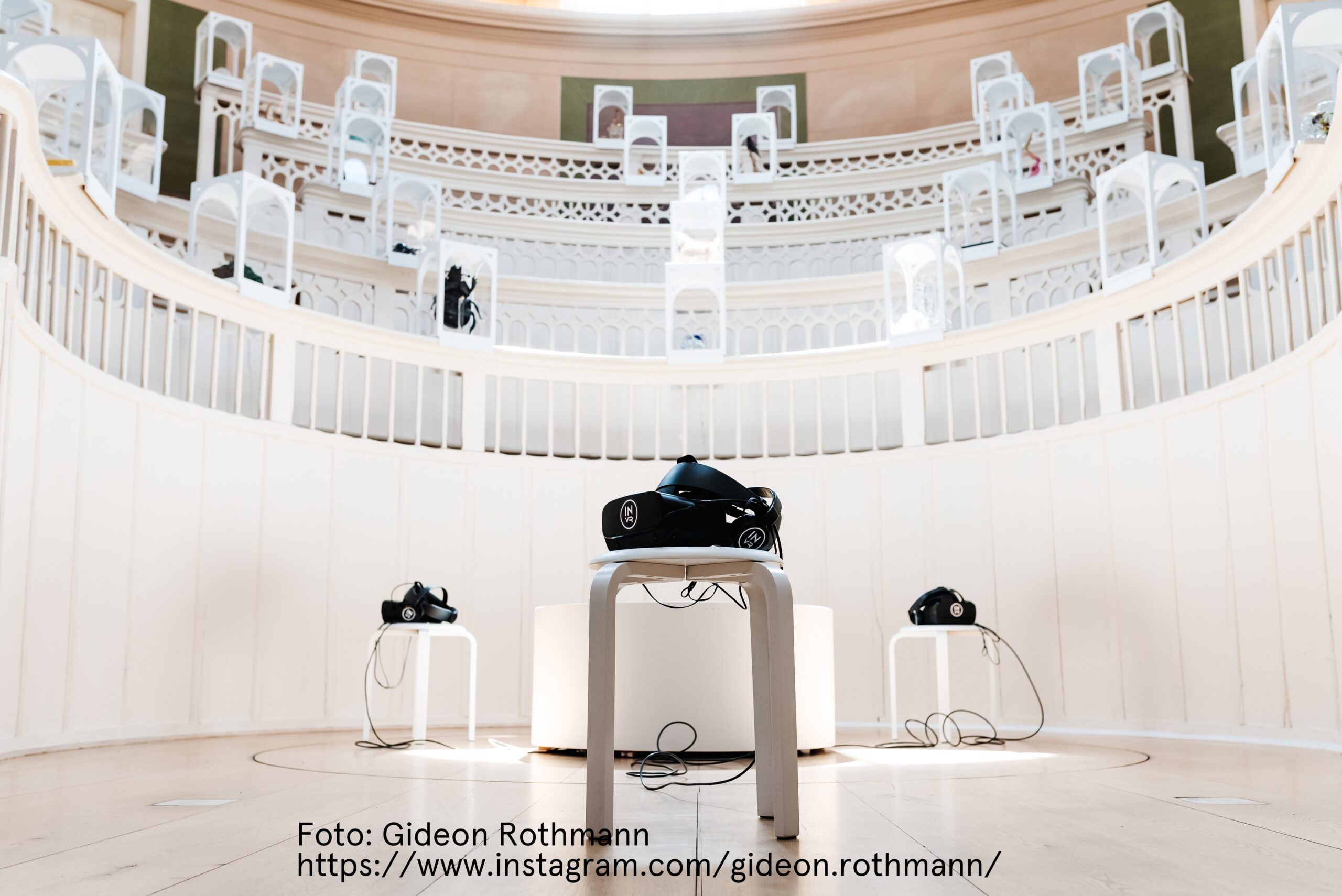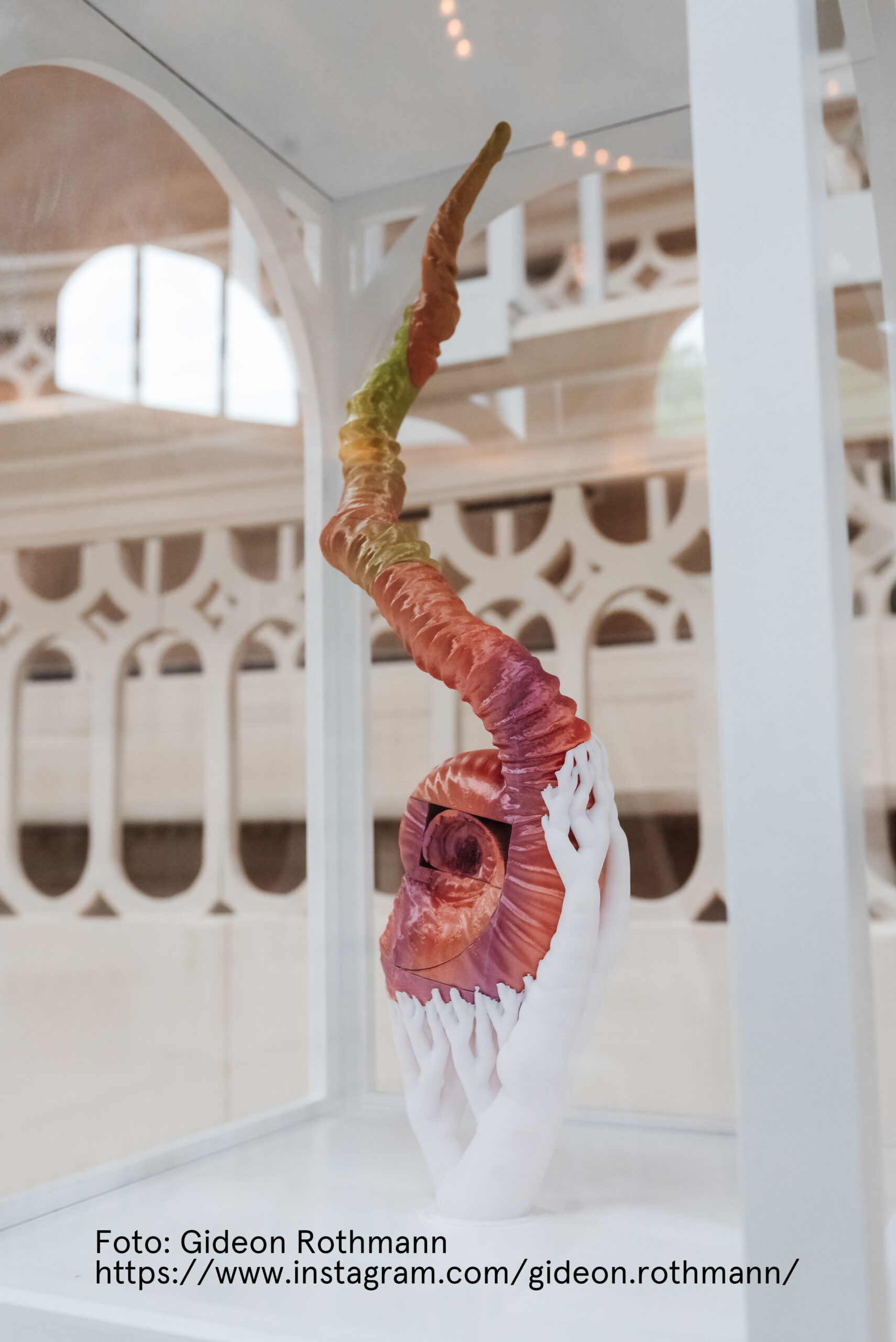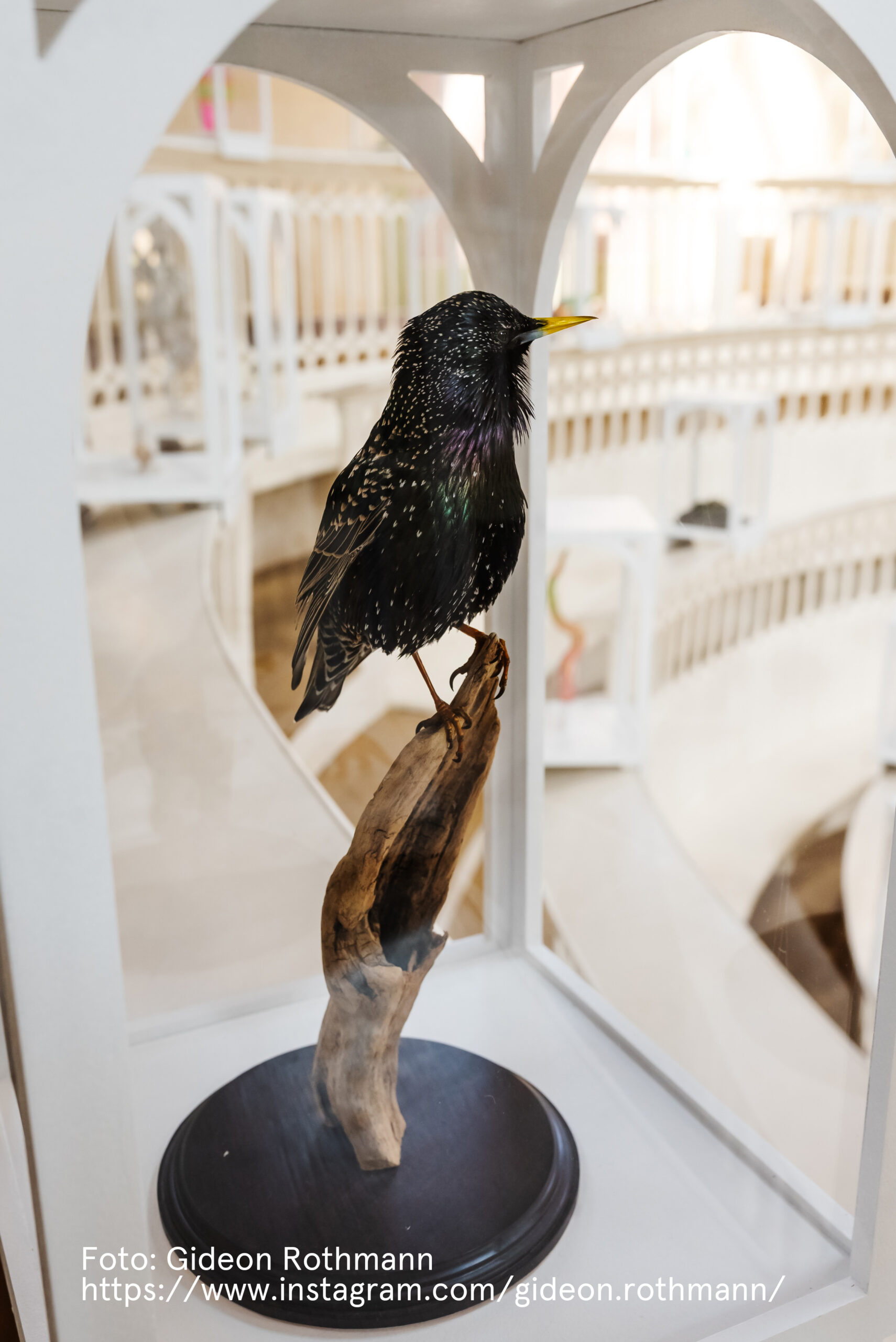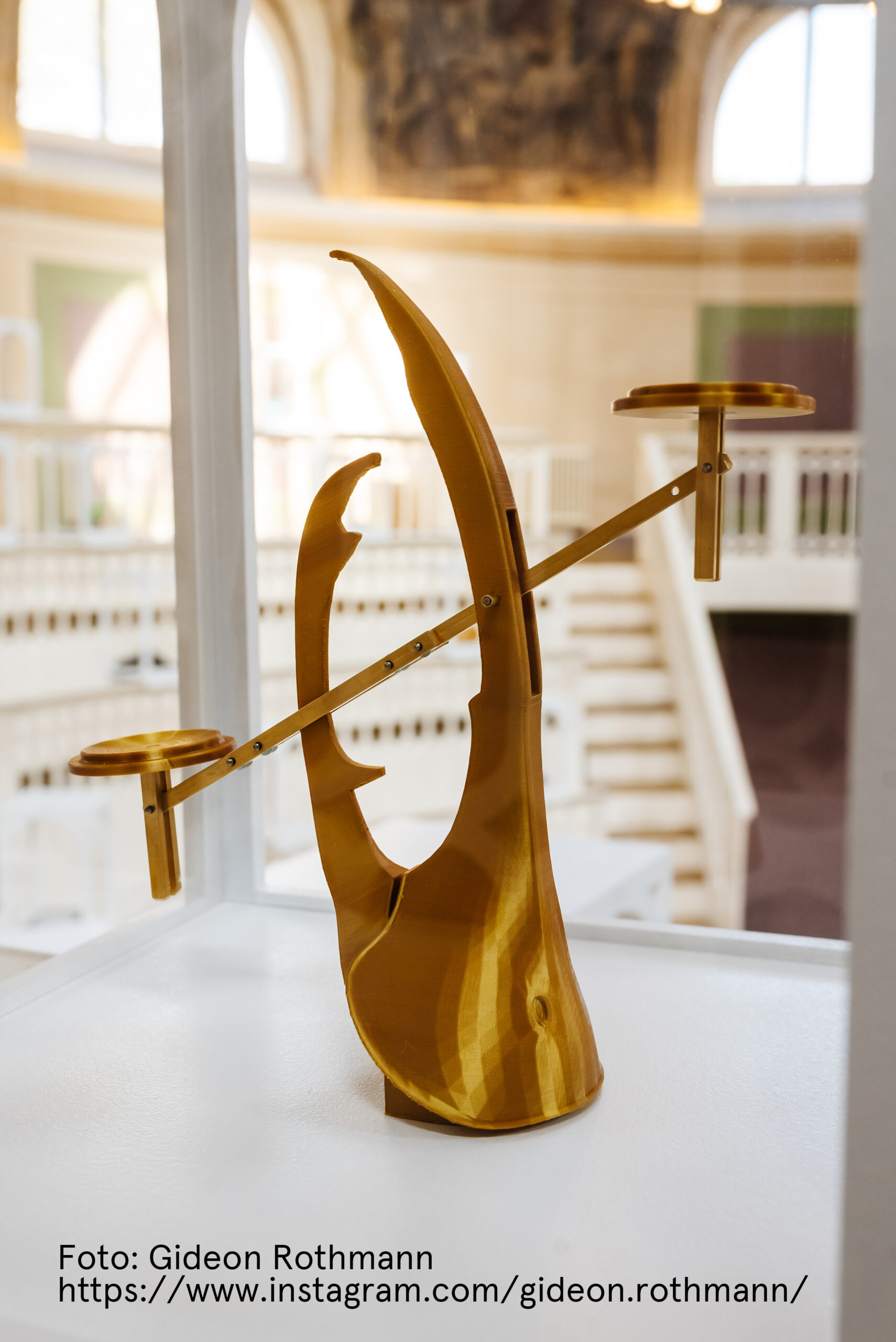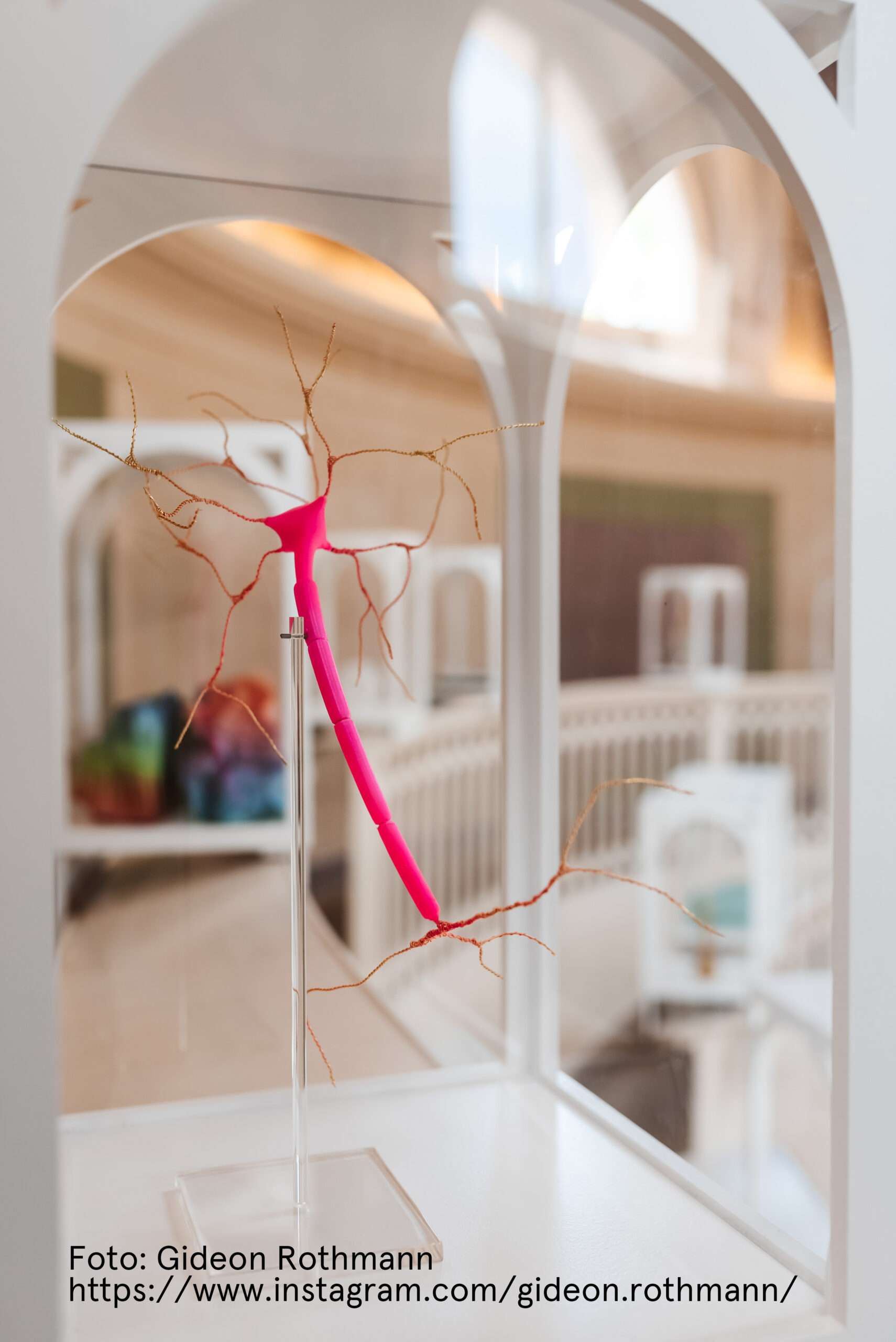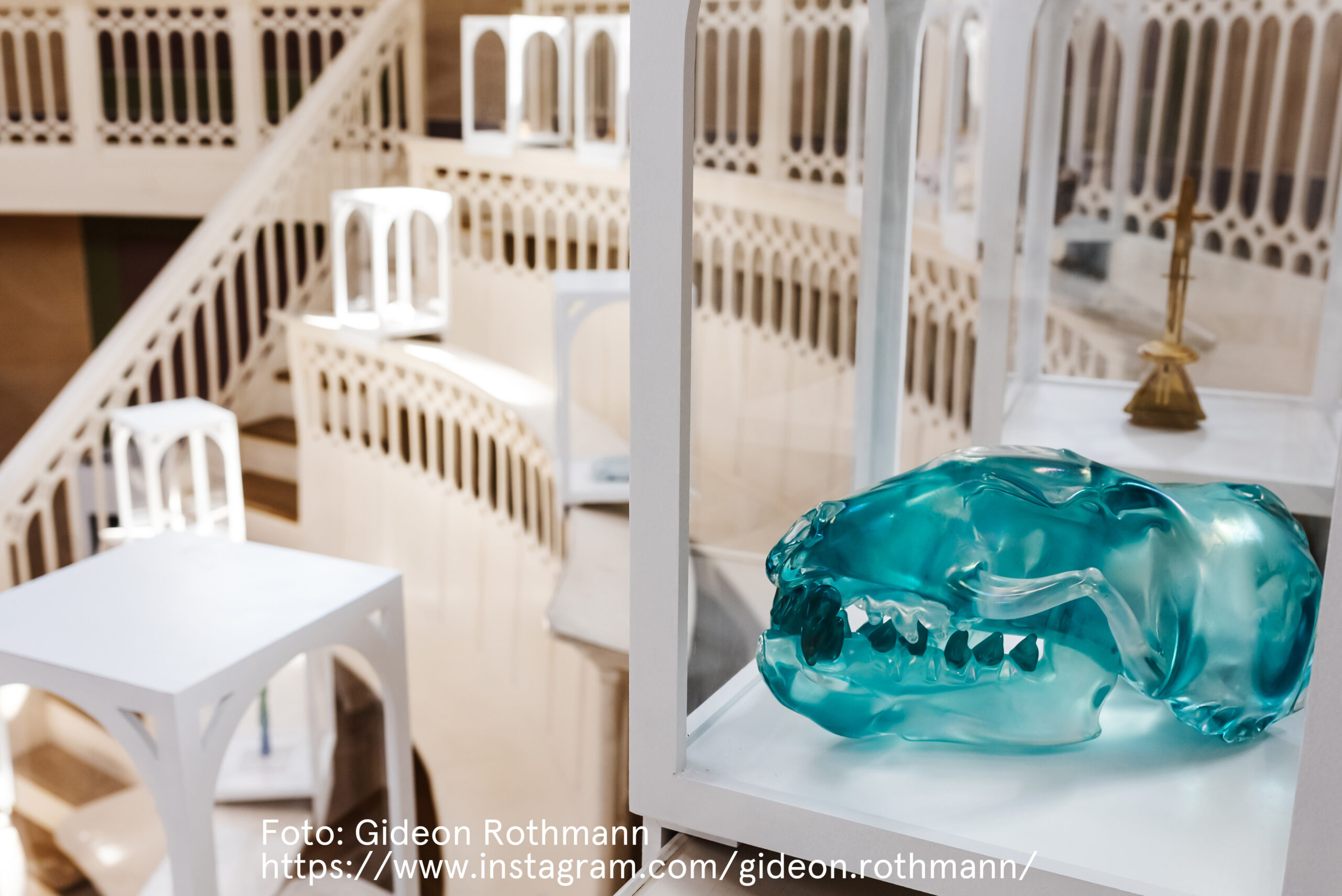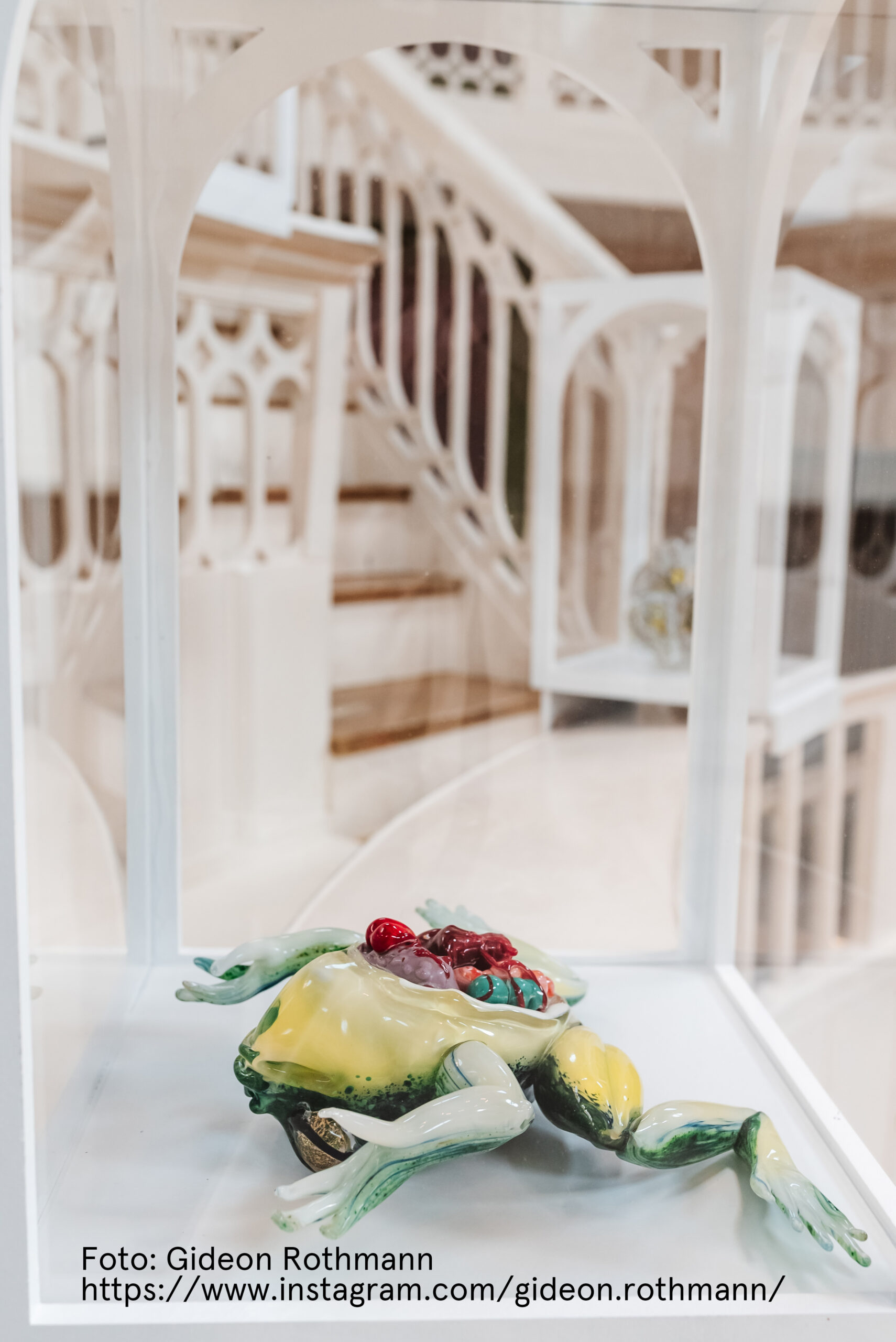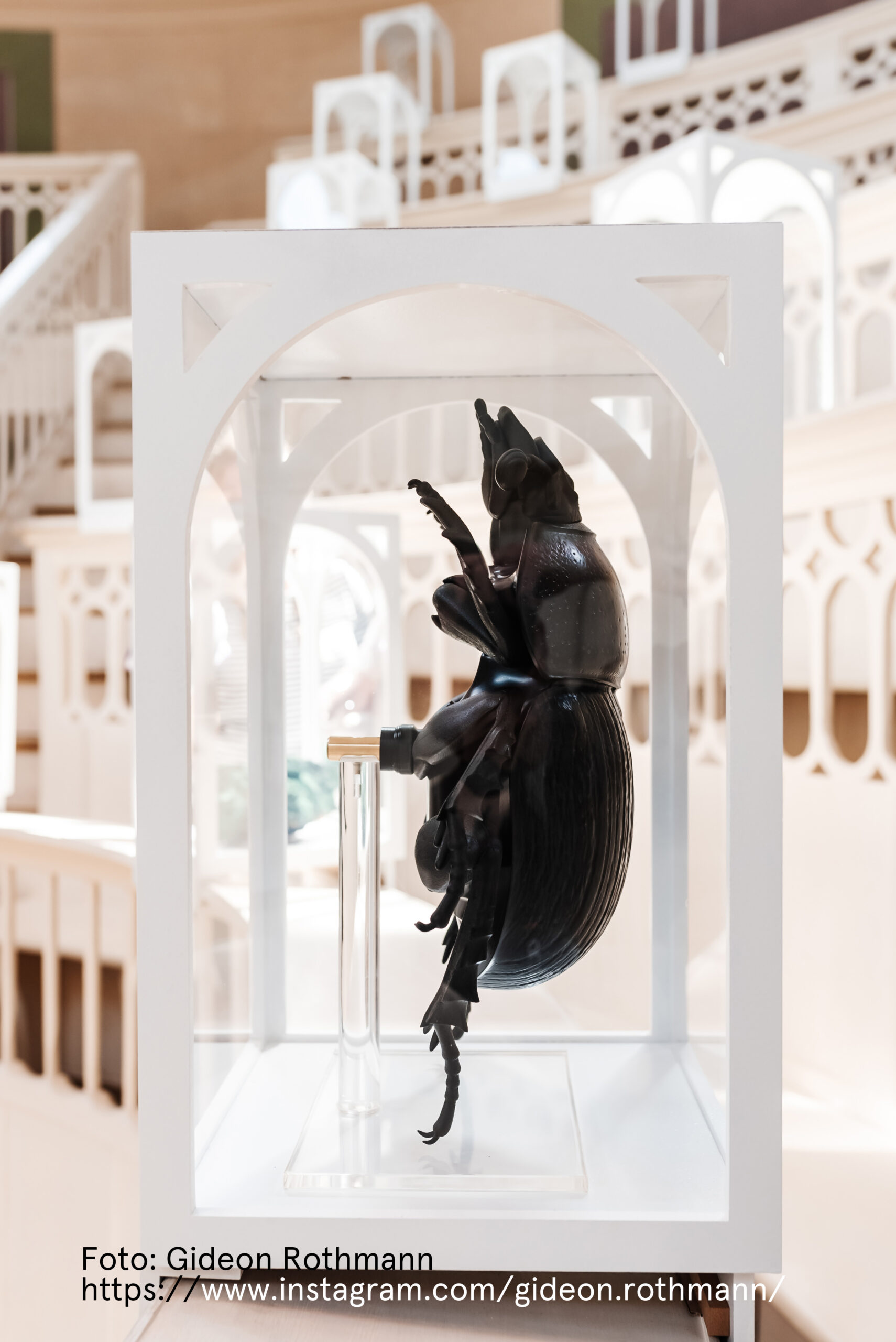Virtual natural order between art and science: Is there a natural ``order of things?`` To answer this question, man has created a wide variety of visual systems that promise orientation and security. The virtual reality installation Theatrum Radix conceived by artist Marlene Bart encourages the critical examination of this security in the context of the limits of visual and spatial perception.
Virtual natural order between art and science: Is there a natural ``order of things?`` To answer this question, man has created a wide variety of visual systems that promise orientation and security. The virtual reality installation Theatrum Radix conceived by artist Marlene Bart encourages the critical examination of this security in the context of the limits of visual and spatial perception.
Bart transforms the auditorium of the historic Anatomy Theatre into a walk-in encyclopaedia, in which glass and plastic objects created by the artist, natural history collection items and their virtual equivalents coexist and form new combinations.
Bart transforms the auditorium of the historic Anatomy Theatre into a walk-in encyclopaedia, in which glass and plastic objects created by the artist, natural history collection items and their virtual equivalents coexist and form new combinations.
The virtual reality animation can be experienced via VR headsets every Tuesday to Saturday between 4 - 6 p.m. for the duration of the exhibition.
The historical objects on display and their digital copies, which are scans from the CT laboratory of the Museum für Naturkunde and Mediasphere For Nature, form an essential point of reference. They are narratively expanded and artistically linked by the virtual reality animation. On the one hand, this form of intervention allows the tiered architecture of the theatre to be explored, and on the other it allows the visitors to immerse themselves in a new, surreal world and order of nature.
Bart aims to question anthropocentric ways of thinking in order to generate new models of knowledge. This means systems that can enable us to address challenges such as the decline of biodiversity in society as a whole. Furthermore, Bart's alternative approach to the objects themselves creates the incentive to formulate critical questions regarding, variously, their provenance, potential colonial origins, preservation and presentation.
Through these changes in perspective, the linearity of the encyclopaedic book and the strictly structured theatre architecture are dissolved. At the same time, Bart creates a new architecture of knowledge in which the hierarchy and metaphors of the world are rethought. As a result, the hierarchical concept of early modern to modern Western biological systems of order, where man is placed invariably at the pinnacle of ``creation``, can be reflected upon anew.
This project has been supported by cooperation between the Tieranatomisches Theater and the Museum für Naturkunde Berlin, which is currently carrying out extensive digitisation projects to document and electronically archive its entire collection. Such a process in itself creates further opportunities for critical dialogue between the visual arts and natural history, both in the physical and digital realm.
Artistic director: Marlene Bart
Curator: Felix Sattler (Tieranatomisches Theater)
Co-curator: Katharina Otto (Bauhaus University Weimar)
Project management: Antonia Willisch (Tieranatomisches Theater)
Lending institution: Museum für Naturkunde Berlin
Partners: Ikonospace (founder Joris Demnard and 3D designer Manuel Farre), Daniel Benyamin (composer), INVR.SPACE GmbH, Museum für Naturkunde Berlin and the Mediasphere For Nature, Tieranatomisches Theater.
